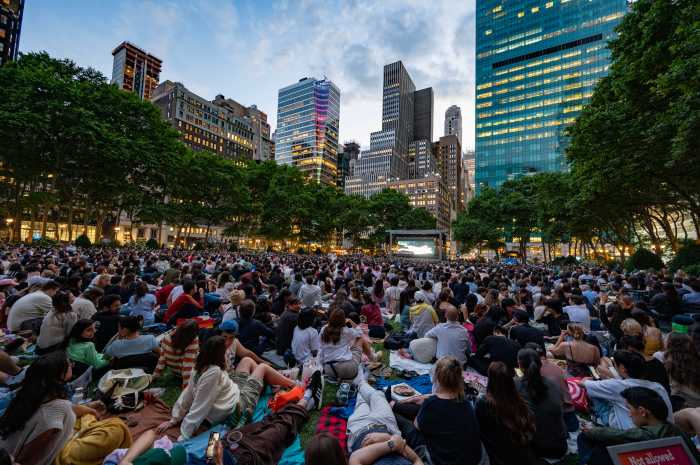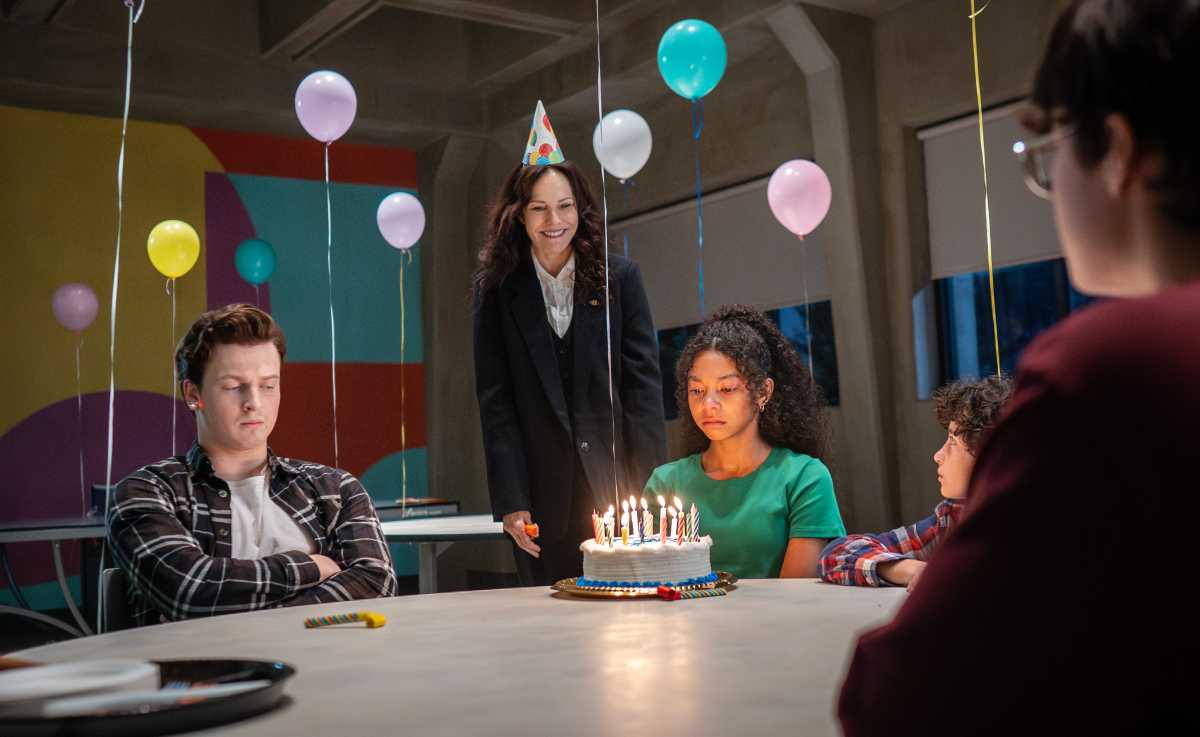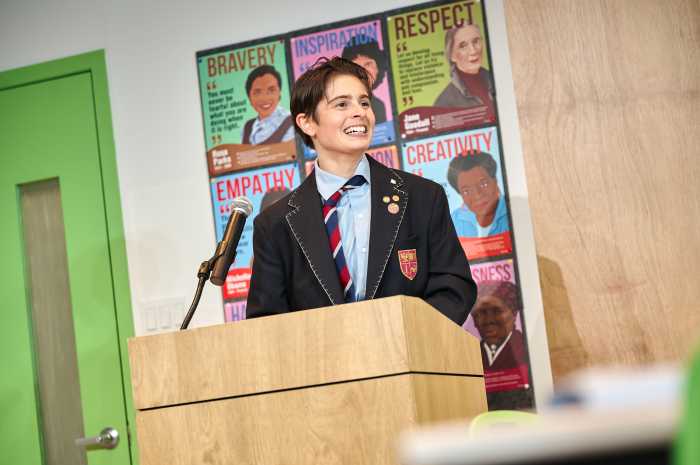
In the 1970s, abandoned and crumbling shipping piers dotted the waterfront on the west side of Manhattan.
But what was an eyesore to some also represented unlimited opportunity to others.
Gay men found the piers a haven where they could gather to sunbathe and cruise. Artists saw the deteriorated piers as blank canvases.
The intersection of those worlds is explored in artist and art historian Jonathan Weinberg’s new book, “Pier Groups: Art and Sex Along the New York Waterfront,” out May 6.
“Different people find themselves in the same spaces for different reasons, and out of a place that was such a wreck, the most beautiful things occurred,” Weinberg, 61, told amNewYork.
After the 1969 Stonewall riots, members of the LGBTQ community felt more empowered while the city’s financial crisis also allowed virtually unfettered access to the buildings on the piers that had fallen into disrepair. Outdoor artwork, even with sexual images, were not painted over.
“There was this sense of opening up, this sense of freedom,” said Weinberg, a lecturer at the Rhode Island School of Design and a critic at Yale School of Art who is the lead curator of the touring “Art After Stonewall: 1969-1989” exhibit. “It lasted for a very short time.”
Weinberg grew up in the West Village and attended Ethical Culture Fieldston School in the Bronx. Acclaimed artist Maurice Sendak was his mother’s best friend and gifted Weinberg his first set of watercolors (today he serves as curator of the Maurice Sendak Foundation).
As a young gay man and an artist, Weinberg was drawn to the piers for their scenery, which he painted, and the community.
While the waterfront docks had historically been a cruising site for gay men seeking sexual encounters, this lifestyle moved out of the shadows and often into the public.
Several photos in the book capture that time, both the public sex and more contemplative moments along the edge of the Hudson River.
Artists were also becoming more daring. During a one-month period in 1971, Vito Acconci promised to reveal a secret to anyone who would come visit him at 1 a.m. at the edge of abandoned Pier 17. Gordon Matta-Clark sliced out sections of the Pier 52 building to create the light and shape of “Day’s End.”
Weinberg dug deep with research and extensive interviews to try and understand what the artists saw in these hulking structures.
“It’s so inspiring to me that you can create something of beauty in a place that seems so abandoned,” he said.
IF YOU GO
The Whitney Museum of American Art will hold a reading with Jonathan Weinberg on May 5 at 4 p.m. | Susan and John Hess Family Gallery and Theater, 99 Gansevoort St. | tickets $10/adults, $8/members, students, seniors, and visitors with a disability (includes museum admission) at whitney.org


































